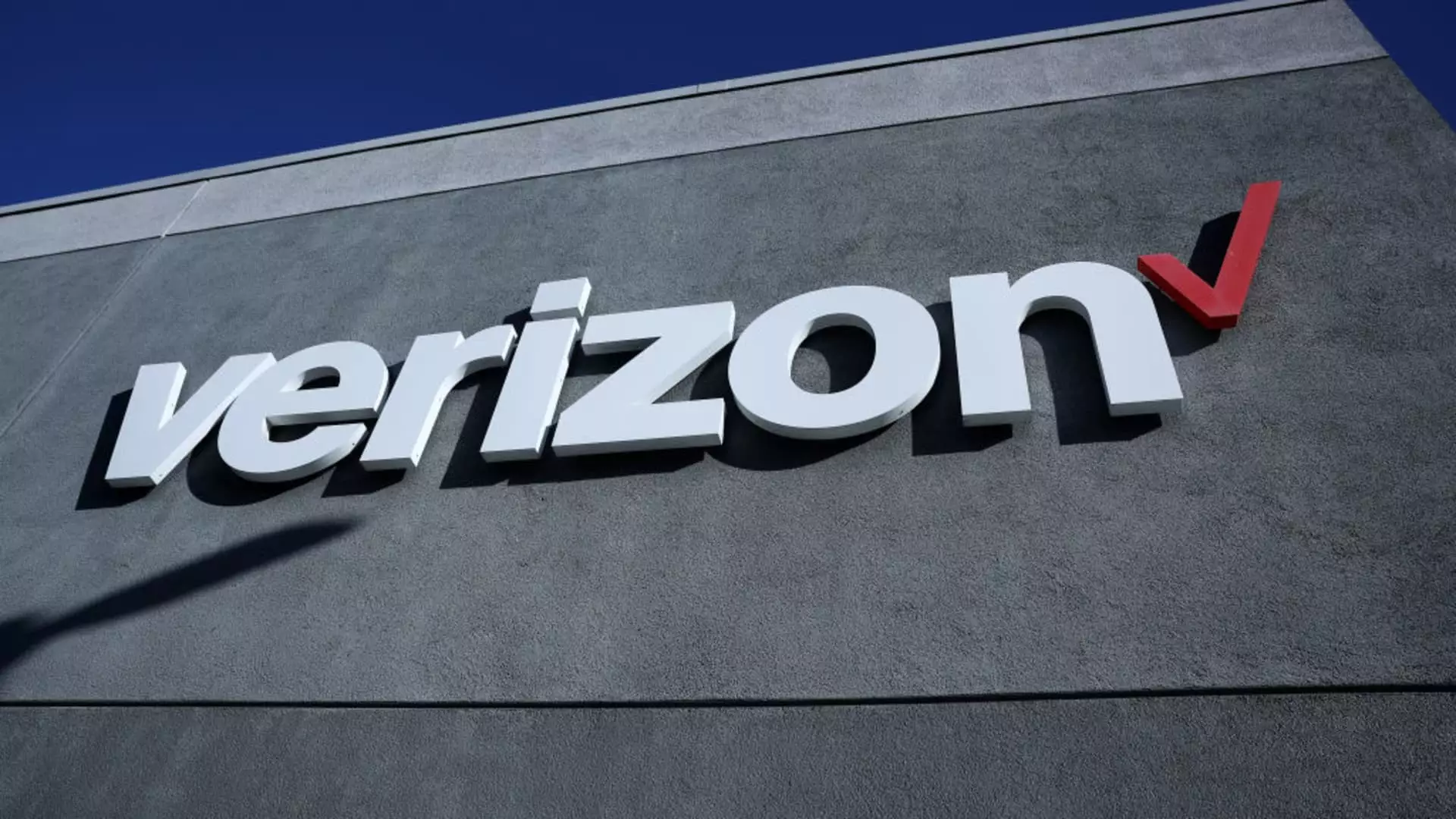In an era dominated by economic uncertainty and fluctuating market sentiments, many investors cling to dividend-paying stocks under the comforting illusion that these investments offer a safe harbor. This belief, however, can be misleading. While the appeal of regular income streams is undeniable, the notion that these stocks are inherently safer or more resilient to downturns deserves serious scrutiny. As the market gyrates amidst geopolitical tensions, inflation concerns, and policy shifts, blindly trusting dividend stocks as a shield against volatility is a gamble that can backfire.
Many investors overlook the underlying risks tied to these seemingly stable assets. Companies that pay consistent dividends often do so because they have a history of steady cash flows, but that does not immunize them from economic headwinds or operational pitfalls. The recent chatter among Wall Street analysts about specific stocks—like EOG Resources, Williams Companies, and Verizon—serves as a stark reminder that even the most seemingly dependable dividend payers are vulnerable to shifts in the economic landscape. Their narratives often paint a rosy picture, emphasizing future growth and stability, but behind that veneer lies a fragile balancing act between financial health and market pressures.
Looking Beyond the Surface of Promising Yields
The allure of a high or steady dividend yield can be compelling, especially when markets are jittery. For instance, Verizon offers an impressive 6.3% yield; Williams Companies provides a 3.5% yield, and EOG Resources boasts a 3.4% yield—numbers that seem to promise safety and consistency. Such figures can easily attract investors seeking passive income. Yet, a closer examination reveals a more complex reality. High yields often come with increased risk, sometimes signaling underlying challenges like deteriorating market conditions, regulatory changes, or company-specific issues.
EOG Resources, while touted for its acquisition-driven growth and plans to increase dividends, faces exposure to the inherently volatile oil and gas sector. Market fluctuations in commodity prices can abruptly undermine its cash flow, jeopardizing its payout commitments. Similarly, Williams Companies relies heavily on infrastructure projects and natural gas demand, which can be highly sensitive to economic cycles and regulatory shifts. Verizon, although a telecom giant with a sizable dividend, contends with competitive pressures, market saturation, and subscriber churn—factors that can impair its ability to sustain dividend payouts in the long run.
Investors relying solely on analyst ratings or optimistic projections may fail to see the risks embedded within these stocks. Just because a stock is recommended as a “buy” or “outperform” doesn’t ensure immunity from downsides. The optimistic narratives often omit critical risks, fostering overconfidence in dividend sustainability that can lead to significant losses if unforeseen headwinds materialize.
The Illusion of Defensive Strength and Market Resilience
Many analysts justifies their bullish outlooks by highlighting companies’ free cash flows, solid balance sheets, or strategic expansions. For example, EOG Resources is praised for its expansion into the Utica shale and its promise to return a substantial portion of free cash flow to shareholders via dividends and buybacks. However, this optimism rests on assumptions about commodity prices, regulatory stability, and successful integration of acquisitions—all variables that can sharply turn against the company.
Similarly, Williams Companies’ long-term growth is viewed as secure because of its project backlog, but recent declines in commodity prices and delays in pipeline projects can threaten this outlook. Verizon, celebrated for its strong network and market position, nonetheless faces headwinds from increased promotional activity, customer churn, and market saturation—all of which can erode profit margins and dividend sustainability.
What these narratives reveal is an overreliance on short-term metrics or assumed operational stability. The truth is that stock prices and dividends are intricately linked to broader economic realities. Underneath the veneer of safety lies a fragile foundation that can crumble without warning. Investors, particularly those prioritizing income, must accept that these stocks are not immune to market downturns or sector-specific disruptions. The supposedly defensive assets are often more exposed than they appear, thriving only as long as conditions remain favorable.
The Center-Left Perspective: A Cautious Approach to Income Investments
From a center-left liberal standpoint, it’s imperative that investors approach dividend stocks with a balanced skepticism. While supporting the importance of providing reliable income for retirees and cautious investors, it’s equally vital to recognize that accessibility to high yields does not equate to security. The complexity and interconnectedness of economic forces mean that even the most established companies can experience dramatic setbacks.
The real danger is in complacency—believing that dividend-paying stocks are a free pass through turbulent times. Instead, prudence dictates diversification and a focus on fundamentally strong companies capable of adapting to market shifts. Relying solely on analyst optimism or historical payouts encourages a dangerous form of overconfidence. Policymakers and regulators share this concern, advocating for transparency and risk awareness in investment practices that protect less sophisticated investors from falling into problematic trapdoors of yield-chasing.
In essence, the pursuit of “safe” income should be tempered with critical thinking and a thorough understanding of sector-specific risks. Investments that appear secure on paper are sometimes the riskiest in practice. It’s a reminder that the real strength of a resilient portfolio comes not from blindly trusting high yields but from a nuanced appreciation of economic realities and a disciplined, responsible approach to risk management.

